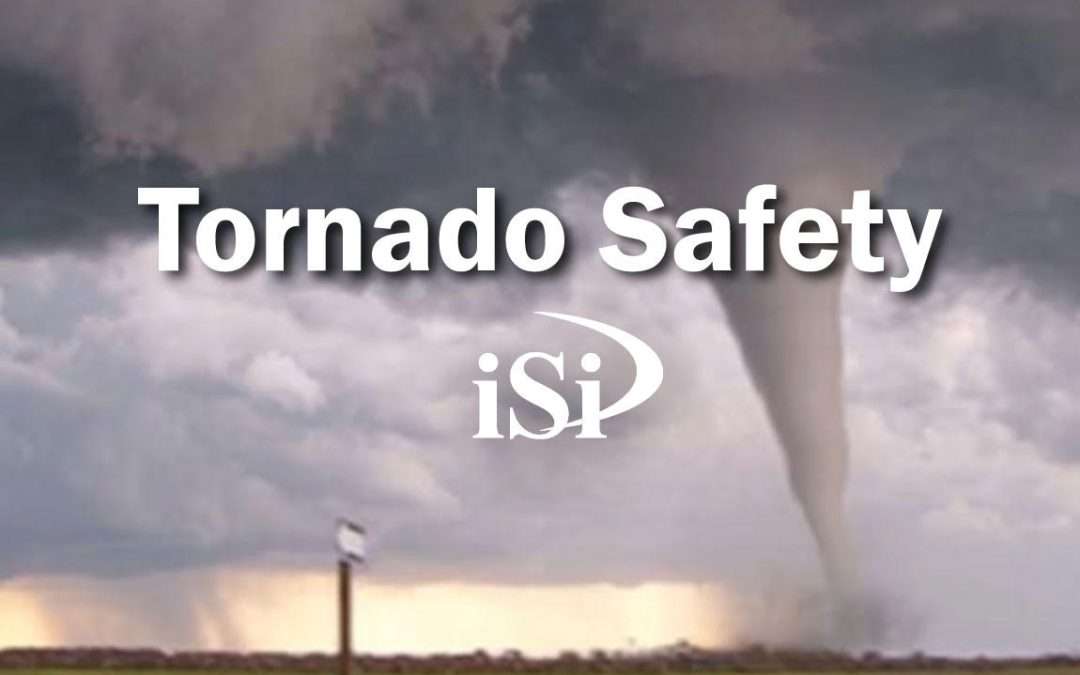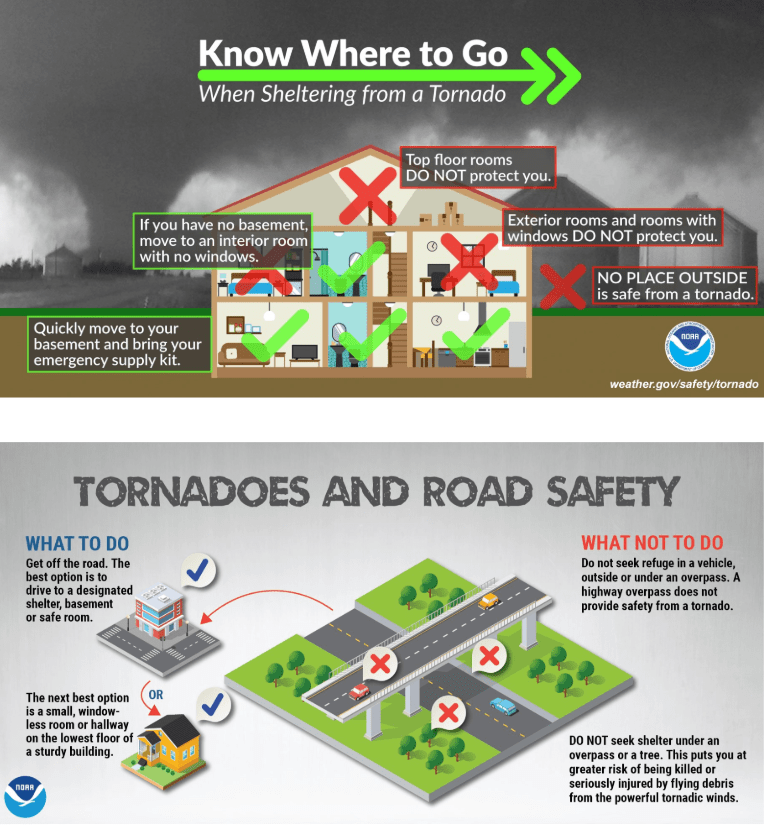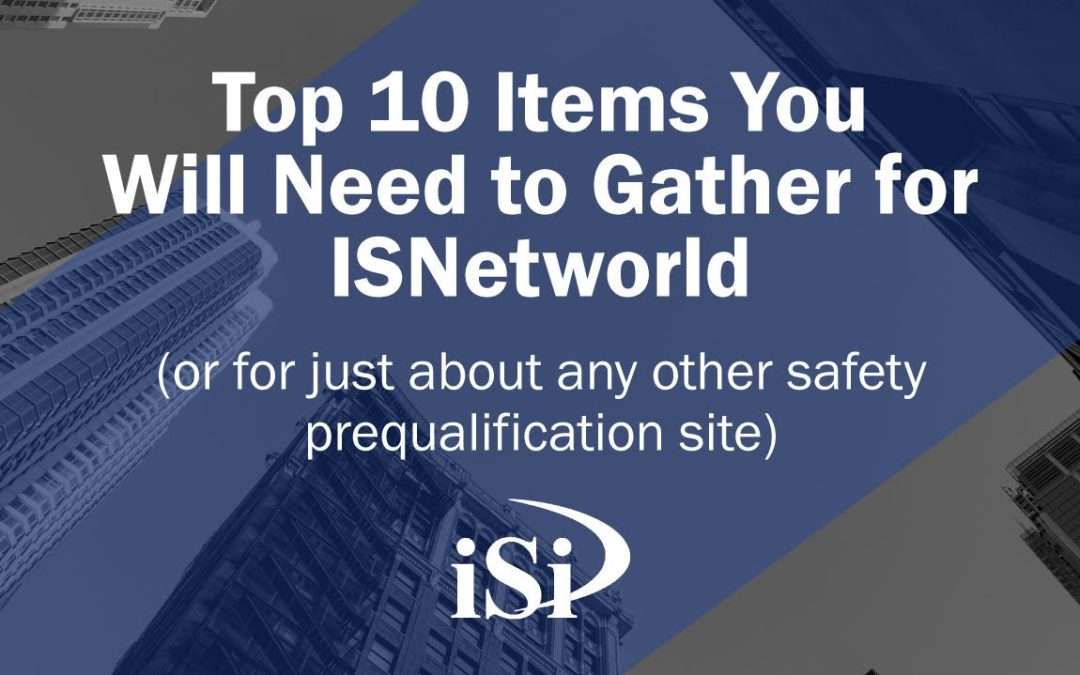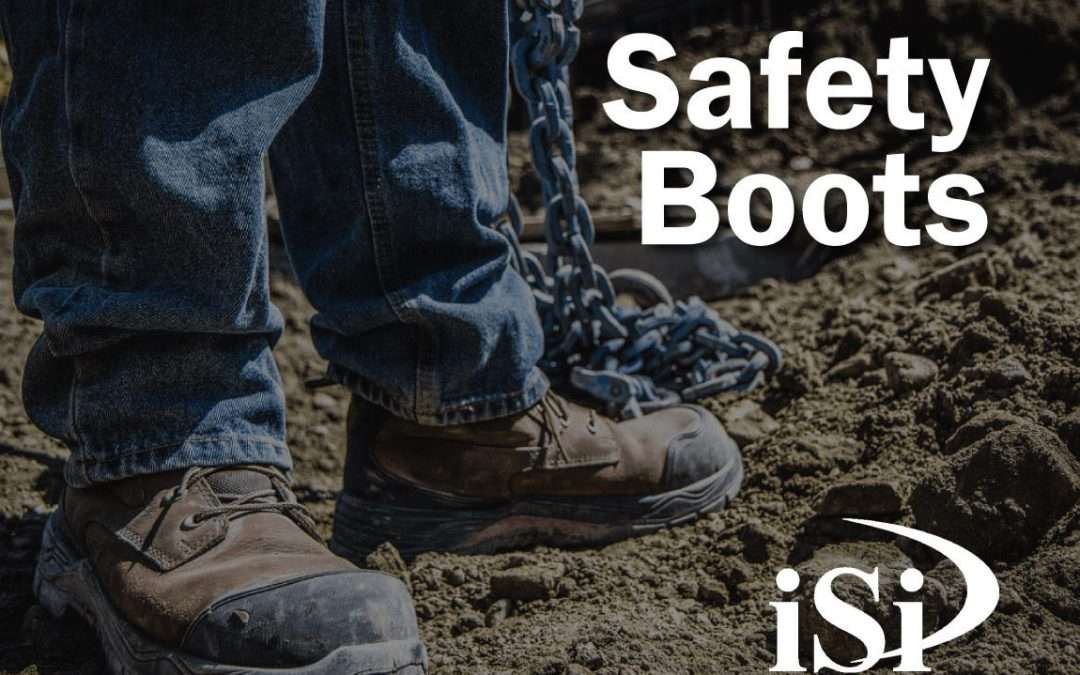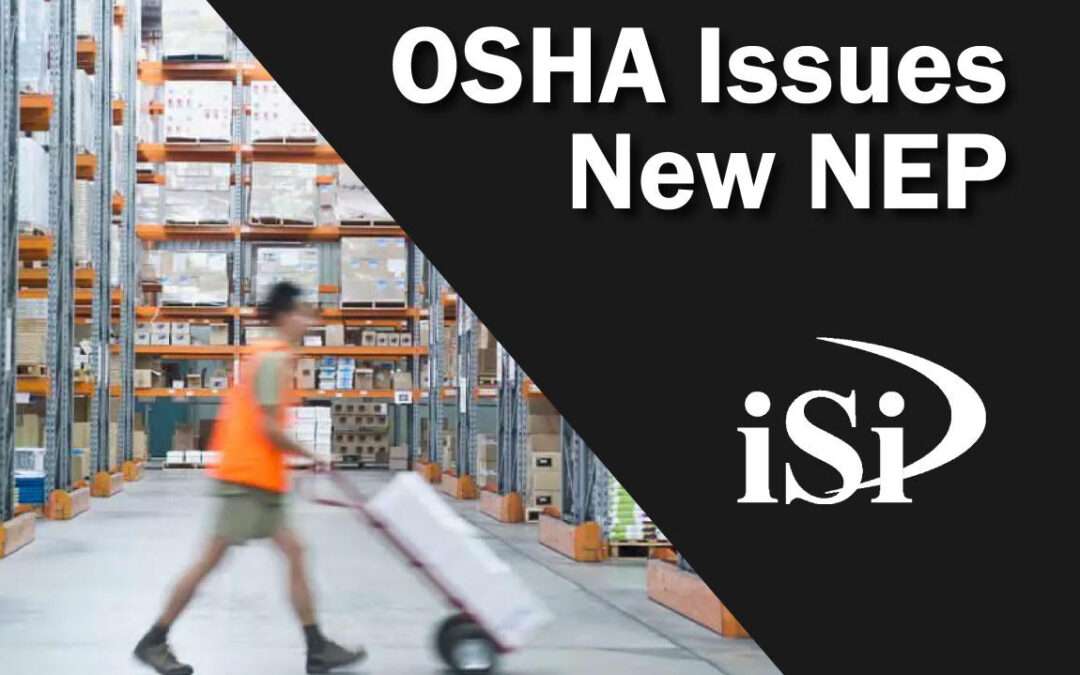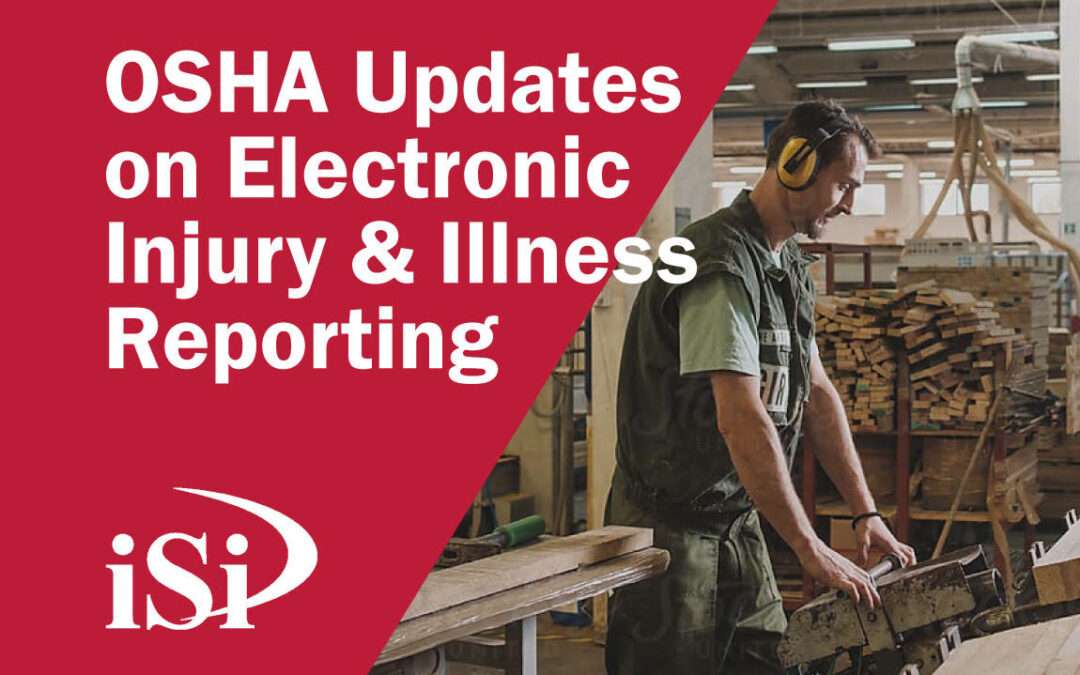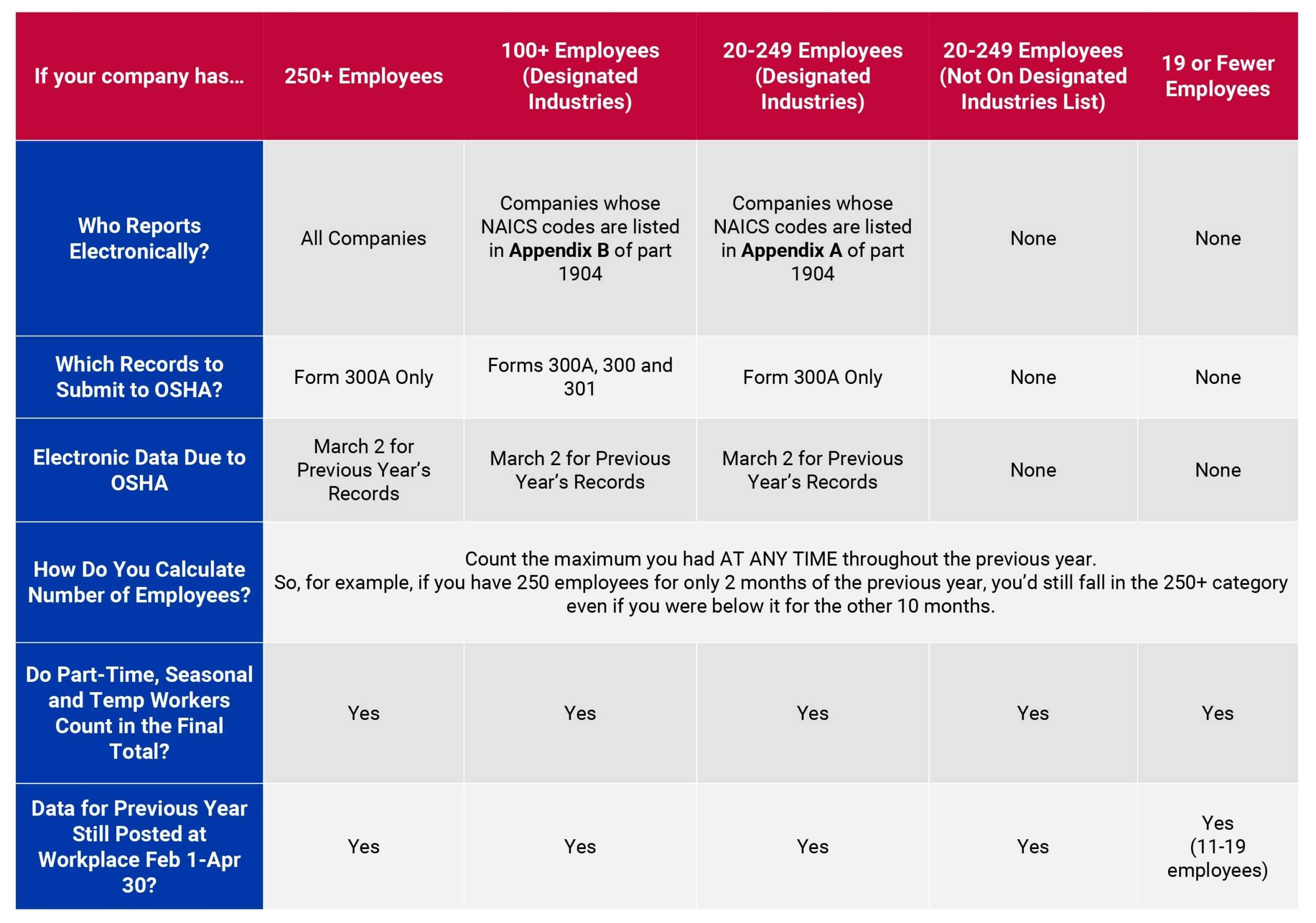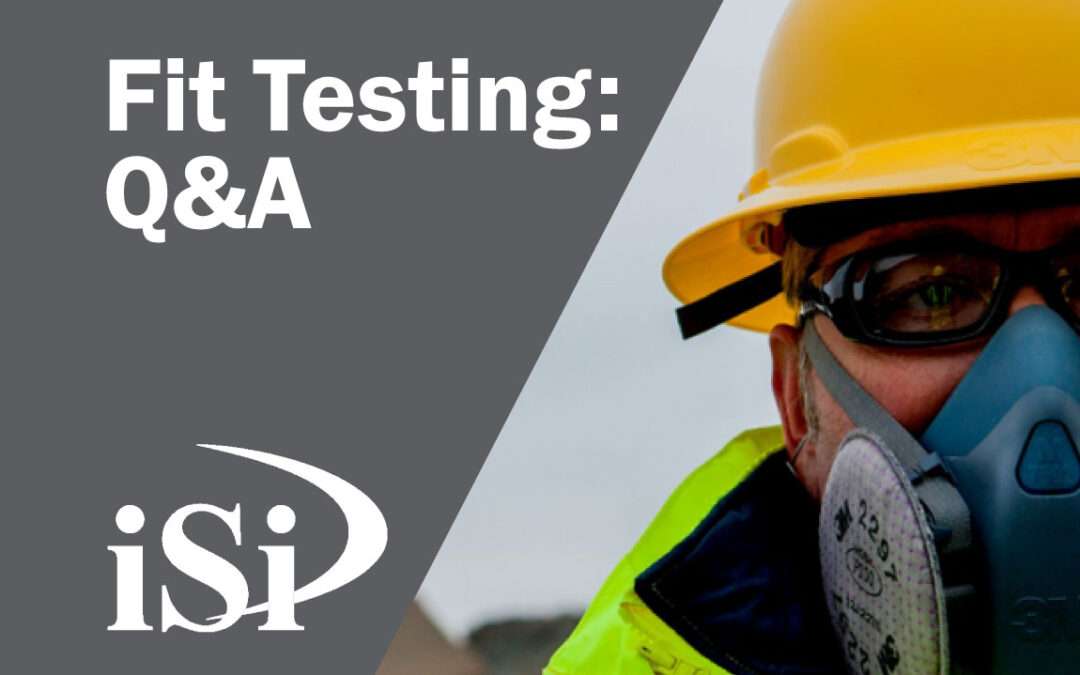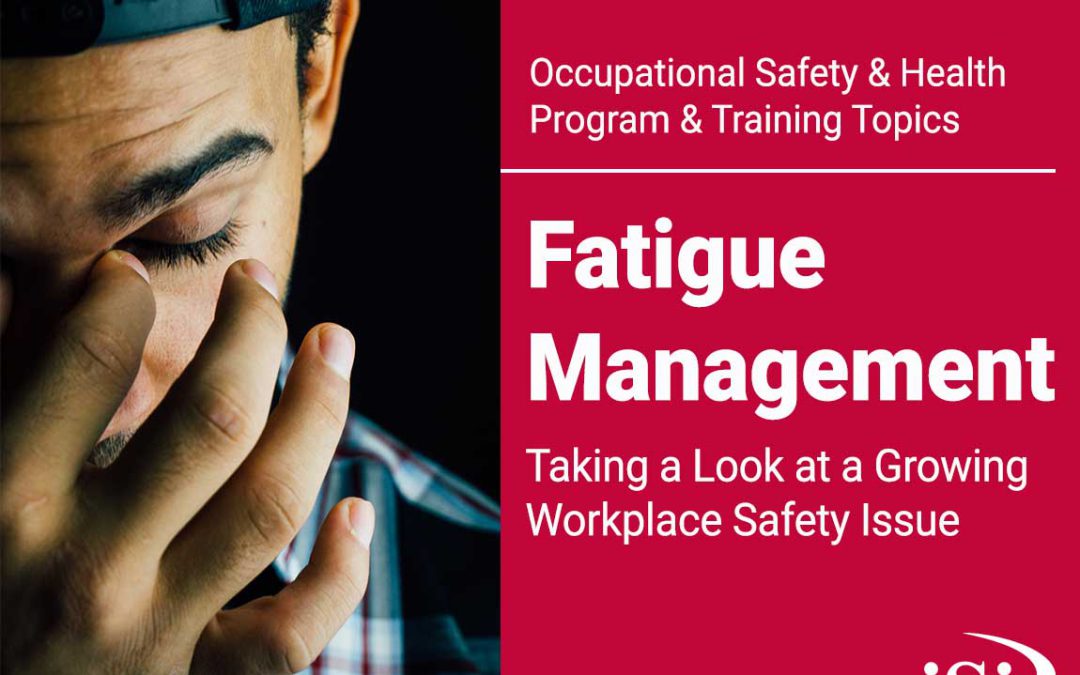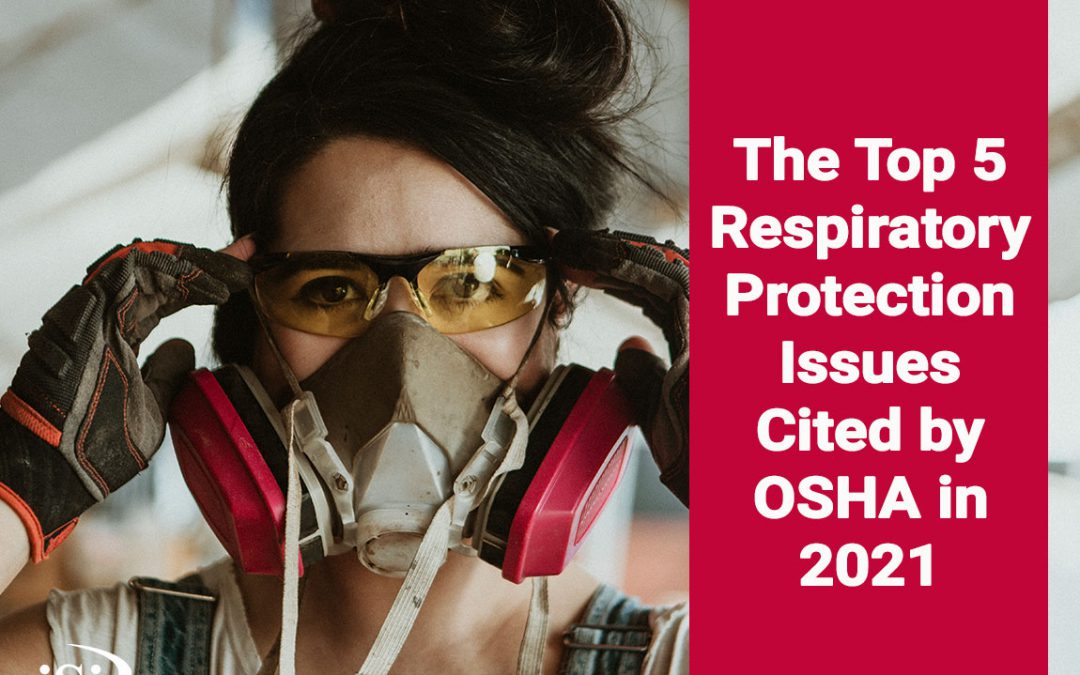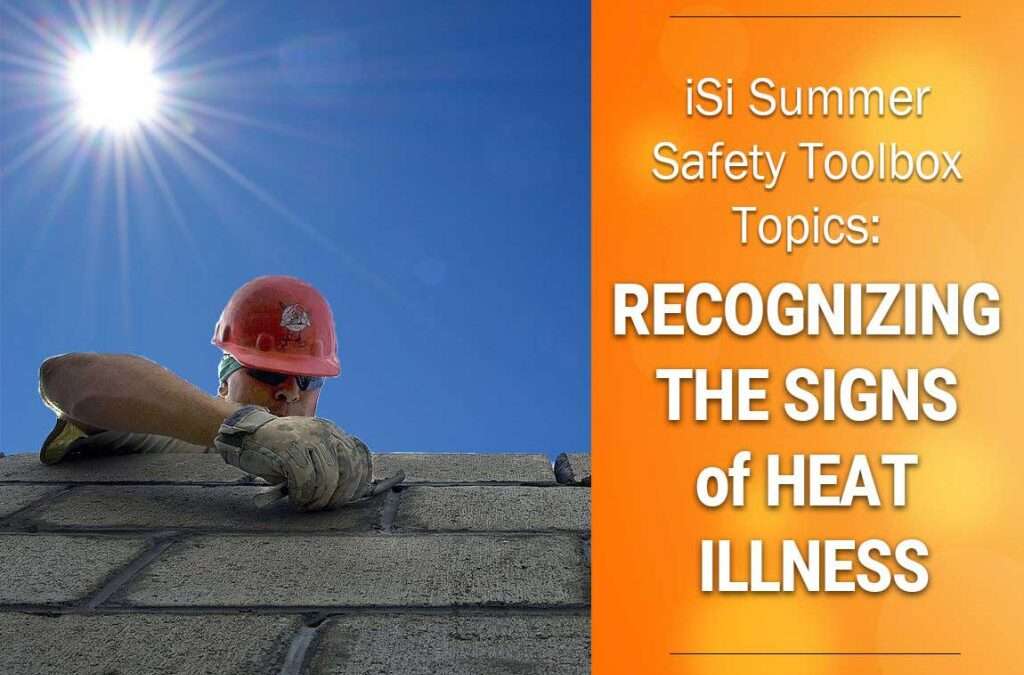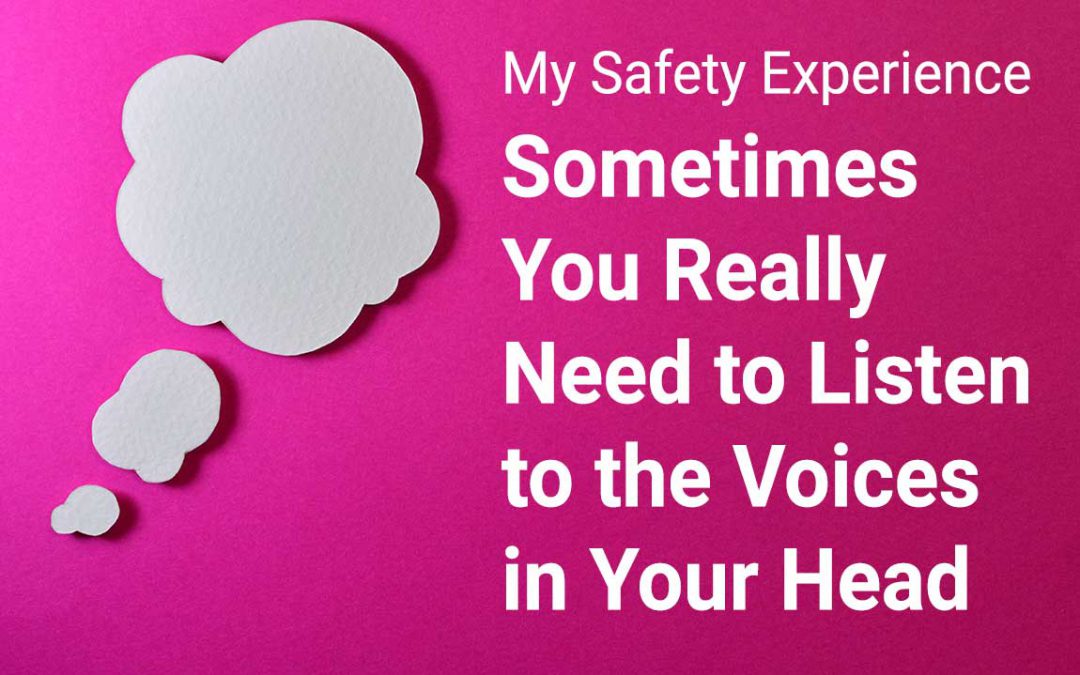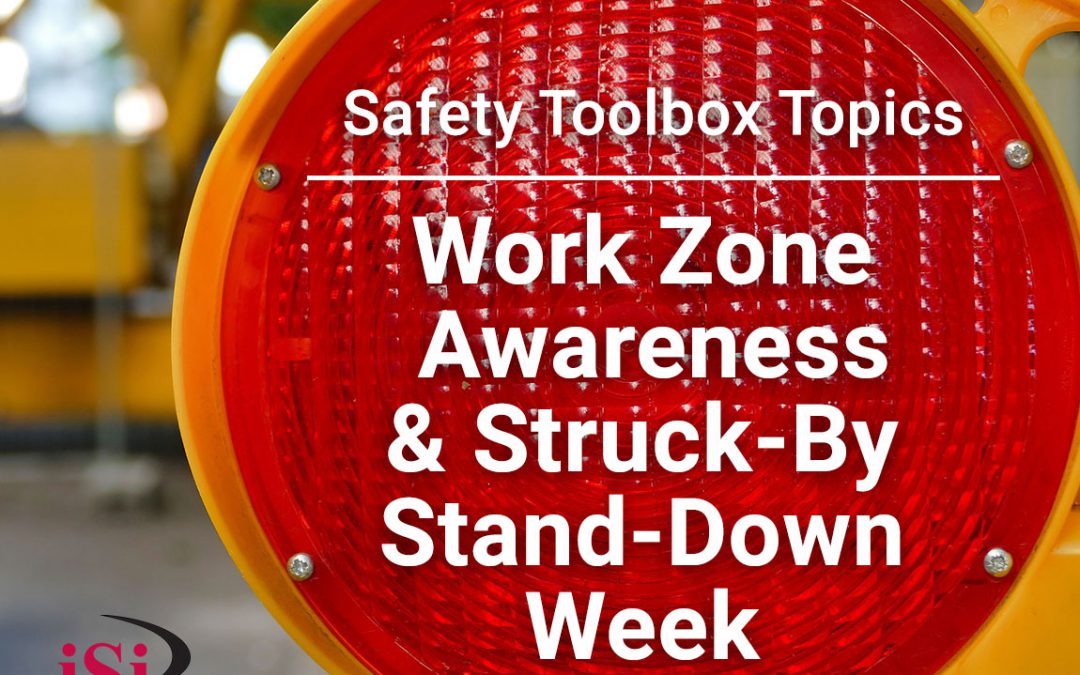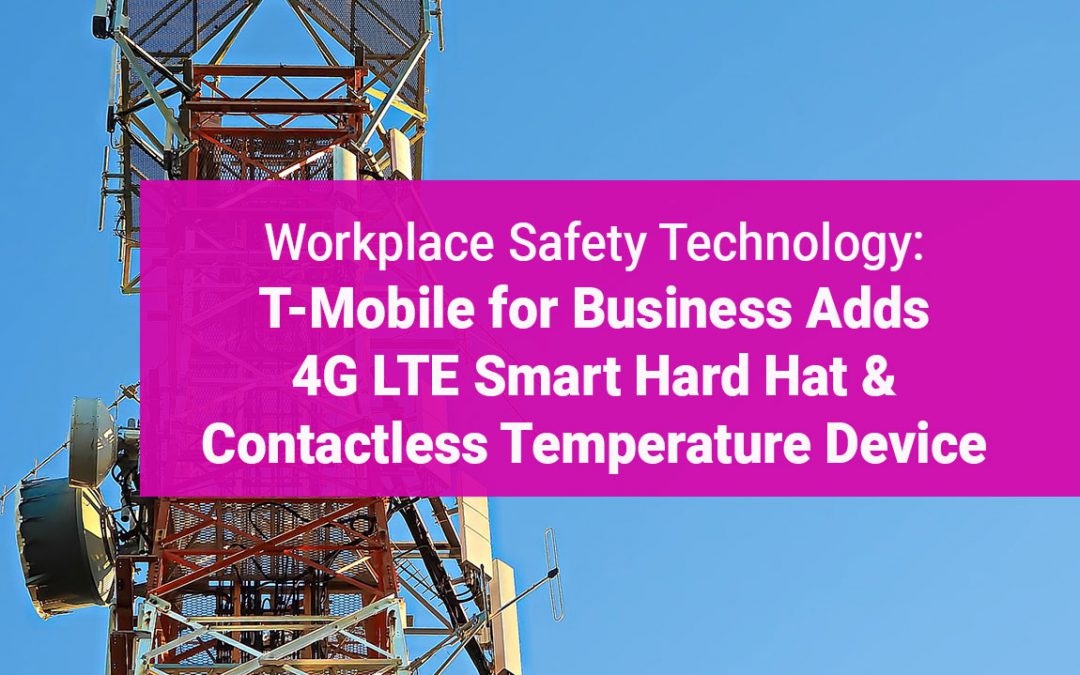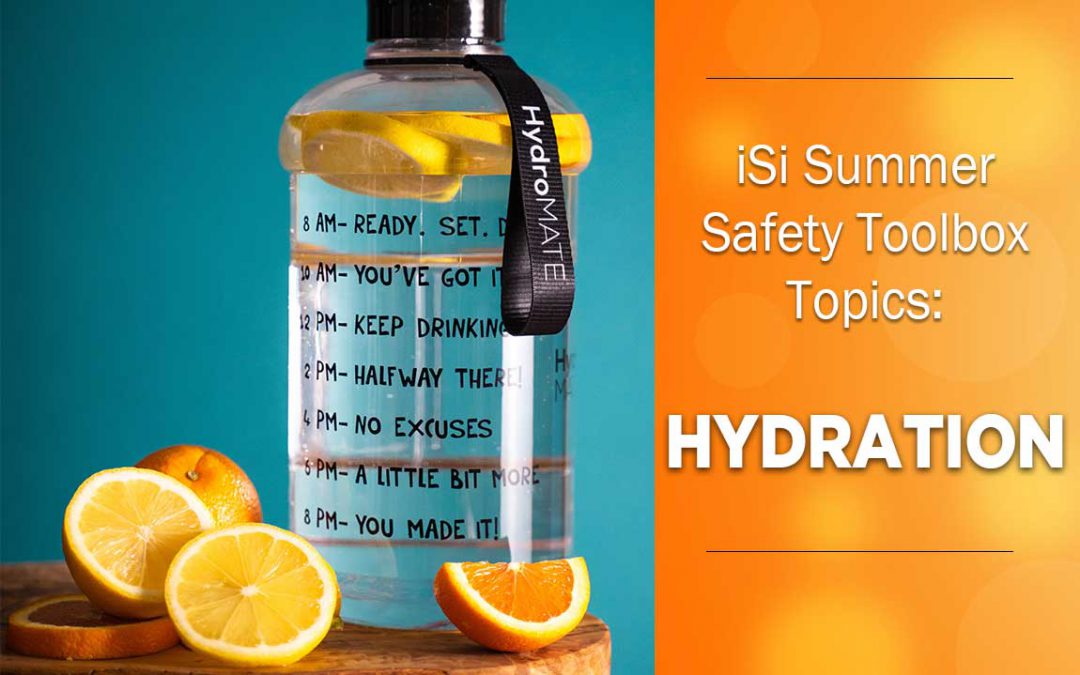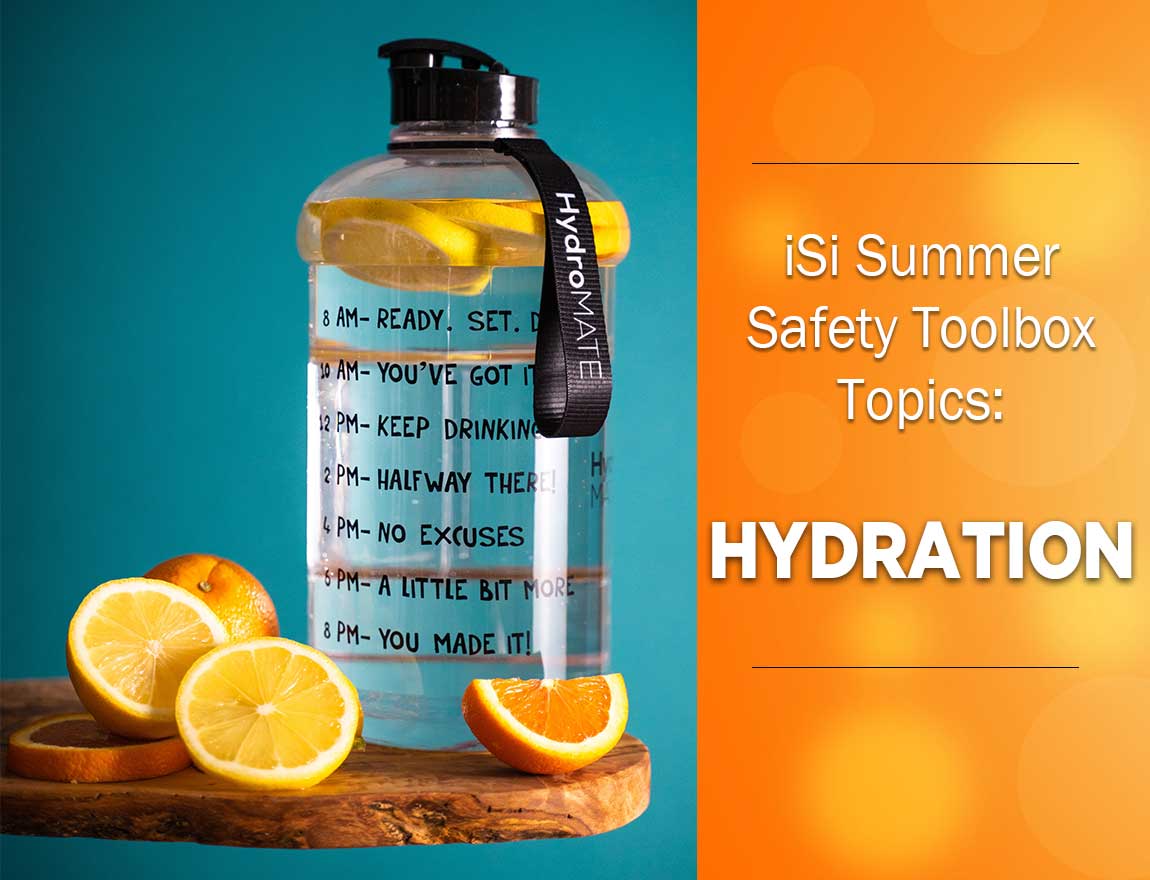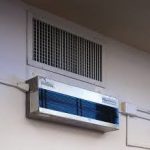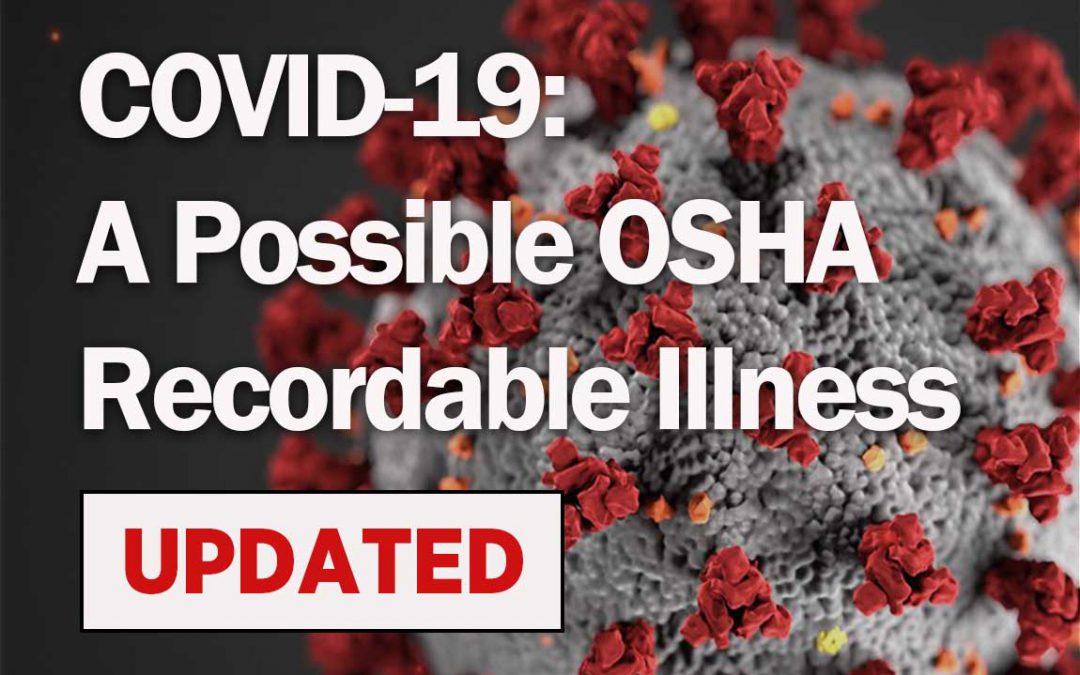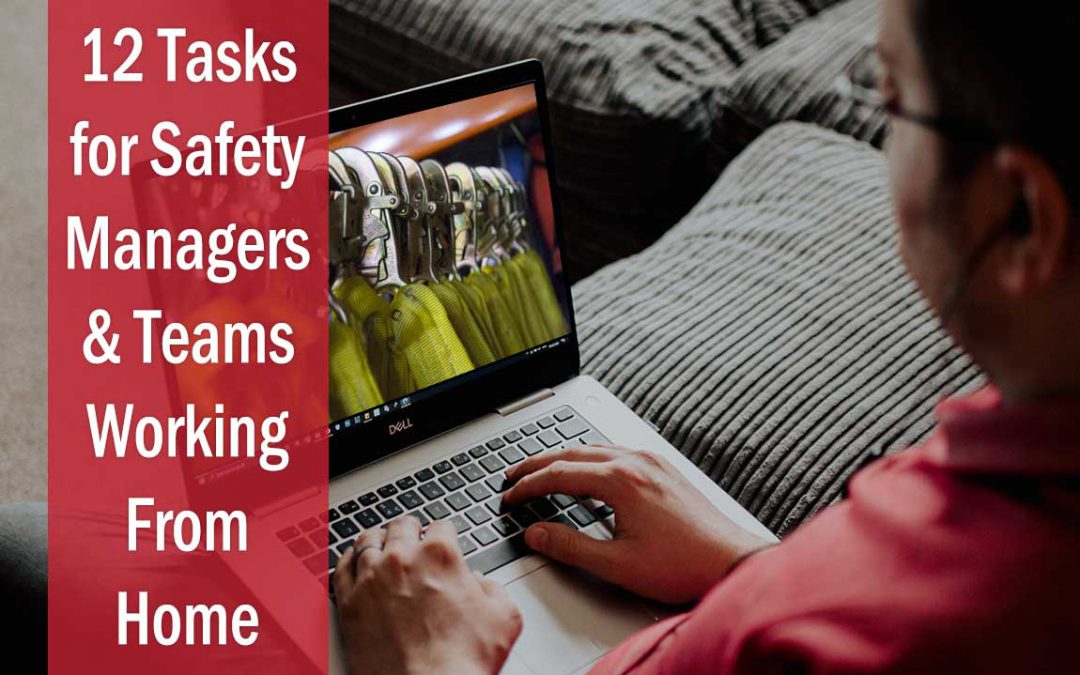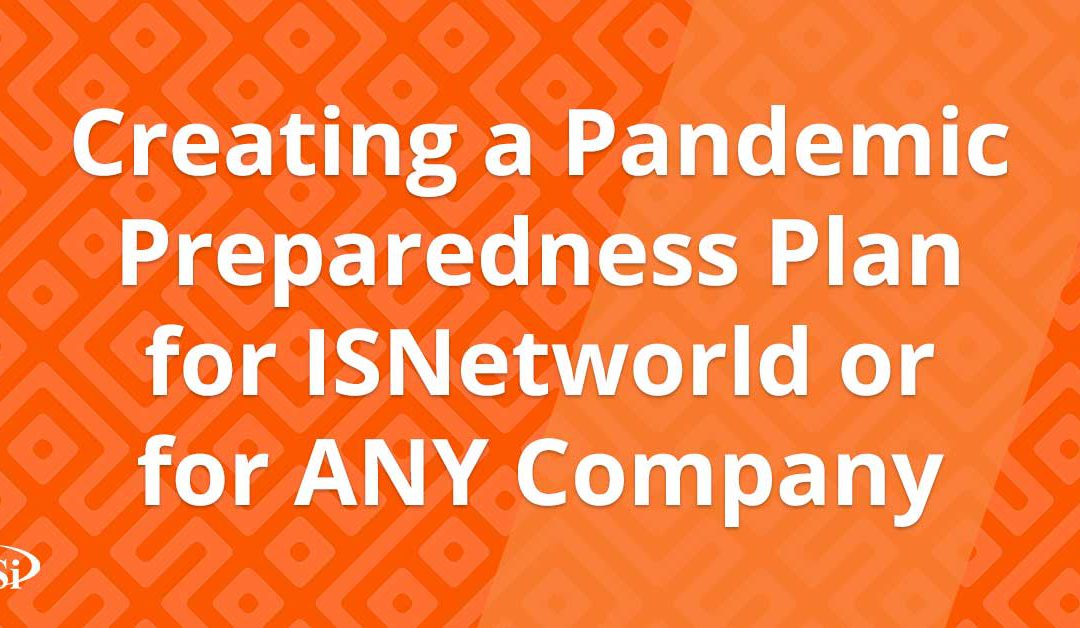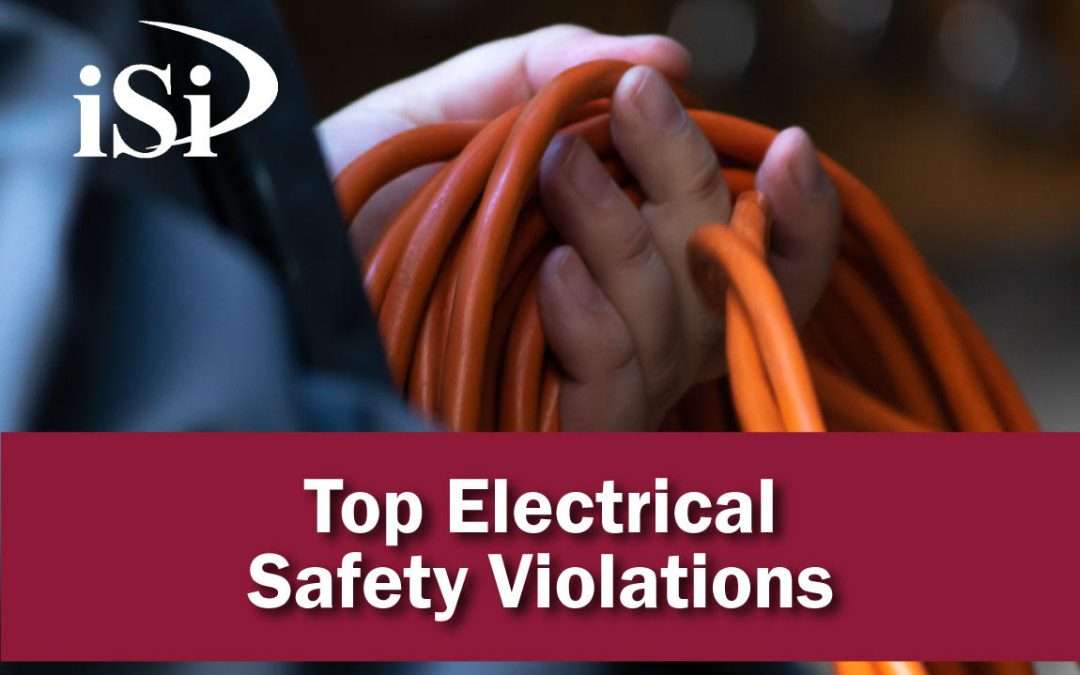
Top Electrical Safety Violations
In honor of May’s electrical safety month designation, here’s a list of OSHA’s most common electrical safety violations found in General Industry and Construction:
Listed or Labeled Equipment 1910.303(b)(2) & 1926.403(b)(2)
This is OSHA’s most cited electrical standard. It reads “Listed or labeled equipment shall be installed and used in accordance with any instruction included in the listing or labeling.” So this is both using equipment approved by a National Recognized Testing Laboratory (NRTL) such as UL (Underwriters Laboratories), FM (FM Approvals), and ETL (Intertek). It’s also for using equipment in ways it wasn’t intended such as daisy chaining extension cords or using relocatable power taps (power strips) improperly.
Flexible Cords 1910.305(g) & 1926.405(g)
Flexible cords in this standard is extension cords. You cannot use extension cords as a substitute for fixed wiring. They must have sufficient strain relief and you cannot attach them to building surfaces. Also, never run extension cords through floors, ceilings, or door and window openings.
Clearance Around Electrical Equipment < 600 V is 1910.303(g)(1) & 1926.403(i)(1), > 600 V is 1910.303(h)(3) & 1926.403(j)(3)
Leave sufficient access and working space around electrical equipment. The depth and width of the working space, number of entrances and minimum headroom required depends on voltage. For 600V or less an area 3 feet deep in front of the panel face and equal to the width of the panel or 30 inches wide (whichever is greater) must remain clear around all electrical panels to allow for access to the panel. Do not block access to electrical equipment for emergency access.
Guarding/Enclosing Electrical Equipment < 600 V is 1910.303(g)(2) & 1926.403(i)(2), > 600 V is 1910.303(h)(5) & 1926.403(j)(3)
Live parts of electrical equipment at 50 volts or higher must be guarded against accidental contact by using a cabinet or other enclosure, by putting it in a room or vault that’s only accessible to qualified persons only, by placing it on an elevated balcony, gallery or platform so unqualified persons cannot access it, or by putting it 8 ft. or higher above the working surface. If equipment is likely to be exposed to physical damage, then sufficient strength guarding is required. High voltage equipment (> 600 V) must be physically restricted (e.g. locked) and have warning sign stating “high voltage.” Rooms with guarded live parts must also be labeled with warning signs forbidding unqualified persons to enter.
Unused Openings in Junction Boxes 1910.305(b)(2)(i) and 1910.305(b)(ii)
This standard is focused on electrical outlet covers, circuit breaker panel doors, covers and boxes, and junction box knockout covers. Close or cover any unused openings to protect against exposure to energized parts.
Grounding Path 1910.304(g)(5) and 1926.404(f)(6)
The path to ground from circuits, equipment, and enclosures shall be permanent, continuous, and effective. Build-up of voltages can lead to electrical shock, fire, arc flash, and downtime. The grounding system serves as a backup pathway that provide an alternative route for electrical current to follow back to ground in case of wiring system problems. Common mistakes include: failing to measure grounding system after install, not reattaching ground paths after relocating, replacing, or removing equipment for repairs, using ground wire incorrectly – i.e. not using gradual bends, short wire lengths and secure connections, and choosing incorrect ground wire.
Inspecting Cord and Plug Equipment 1910.334(a)(2)(i), 1910.304(b)(3)(ii)(c)(3) & 1926.404(b)(1)(iii)(c)
Portable cord and plug connected equipment and flex cord sets need to be visually inspected before each use on any shift for external defects and evidence of possible internal damage. Once it’s put in place if it’s not exposed to damage it will not need to be visually inspected until it’s relocated.
Some visual checks include:
- Visible damage to equipment, wall disconnects, enclosures and devices
- Defects and missing, bent, or broken plug prongs
- External sheaths of power supply cords for cuts, frays, twists, or damage
- Ensure inner cores of power supply cords are not exposed where they connect to equipment, plus and/or sockets
- Ensure inner core of power cord is not exposed / twisted along cord length
- Ensure electrical devices have proper ground with 3-prong plug
- Keep power cords and hoses clear of walkways / equipment paths, and away from heat, oil, sharp edges and moving parts that can damage sheath or insulation
- Use only approved extension cords with proper gauge wire for length of cord and voltage requirements of equipment to prevent overheating
- Pull the plug, not the cord when unplugging equipment
Working With Energized Electrical Equipment
Energized electrical parts (>50 V) must be de-energized before work, unless de-energizing introduces additional or increased hazards, or if it’s infeasible due to equipment design or operational limitations. It requires lockout / tagout and only trained and qualified persons may perform energized work. Safe work practices include:
- Job briefings
- Energized electrical work permits
- Personal protective equipment
- Insulated tools
- Written safety program
- Alerting techniques (e.g. barricades, signage, attendants)
Training Qualified Persons
Qualified persons are capable of working safety on energized circuits and familiar with and utilize proper precautionary techniques, PPE, insulating and shielding materials, and insulated tools. Training for qualified persons at a minimum should teach the ability to distinguish exposed energized parts from other parts, how to determine nominal voltage of exposed energized parts, and the ability to determine clearance distances and voltages. NFPA 70E recommends refreshers for qualified personnel every 3 years. Training is also required for unqualified persons if exposed to shock hazards. For persons operating electrical equipment under normal conditions at 50-600V, training that covers safe work practices such as wearing leather gloves, flame resistant clothing, body positioning when throwing disconnects, etc. would be a good idea. Remember, electrical employees are only qualified to the level of their training. You need appropriate training and experience before you’re allowed to do any electrical work.
PPE
PPE is required for the head to protect from electric shock or burns due to contact, eyes and face to protect from arc flashes or flying objects, the body to protect from the temperatures of arc flashes, the hands to protect from shock and arc flash, and the feet to protect from arc flash. Training should include when and what PPE is necessary, how to don, doff, adjust and wear it, PPE’s limitations, and proper care, maintenance, useful life and disposal.
For more questions about electrical safety compliance, or to schedule training for your workers, contact iSi today!
Need Help?
Do you have any electrical safety issues? What else is going on at your facility? iSi can help find other areas you may also need to look at and can give you a checklist to help you determine which areas need to be tackled first.
Questions?
Does this apply to your company? Do you have questions? Contact us!
Receive News to Your Inbox
We send our articles by email whenever we add a new one. Don’t miss out! Sign up for our blog today.
Request a Quote
iSi can provide assistance in this area. How can we help? Ask us for a price quote.
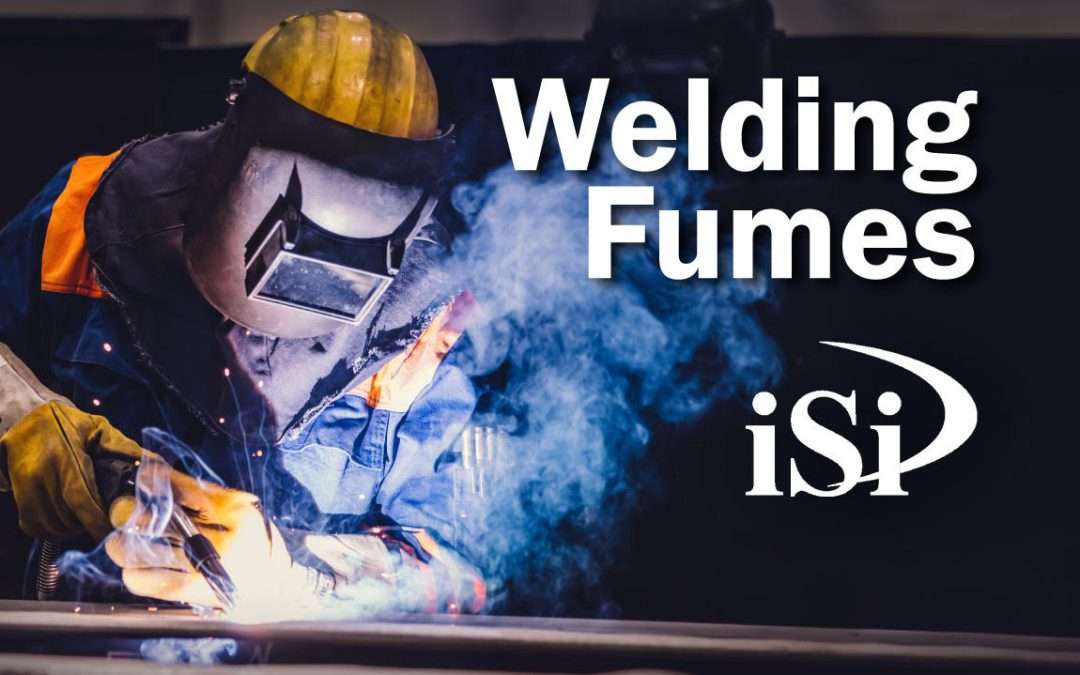



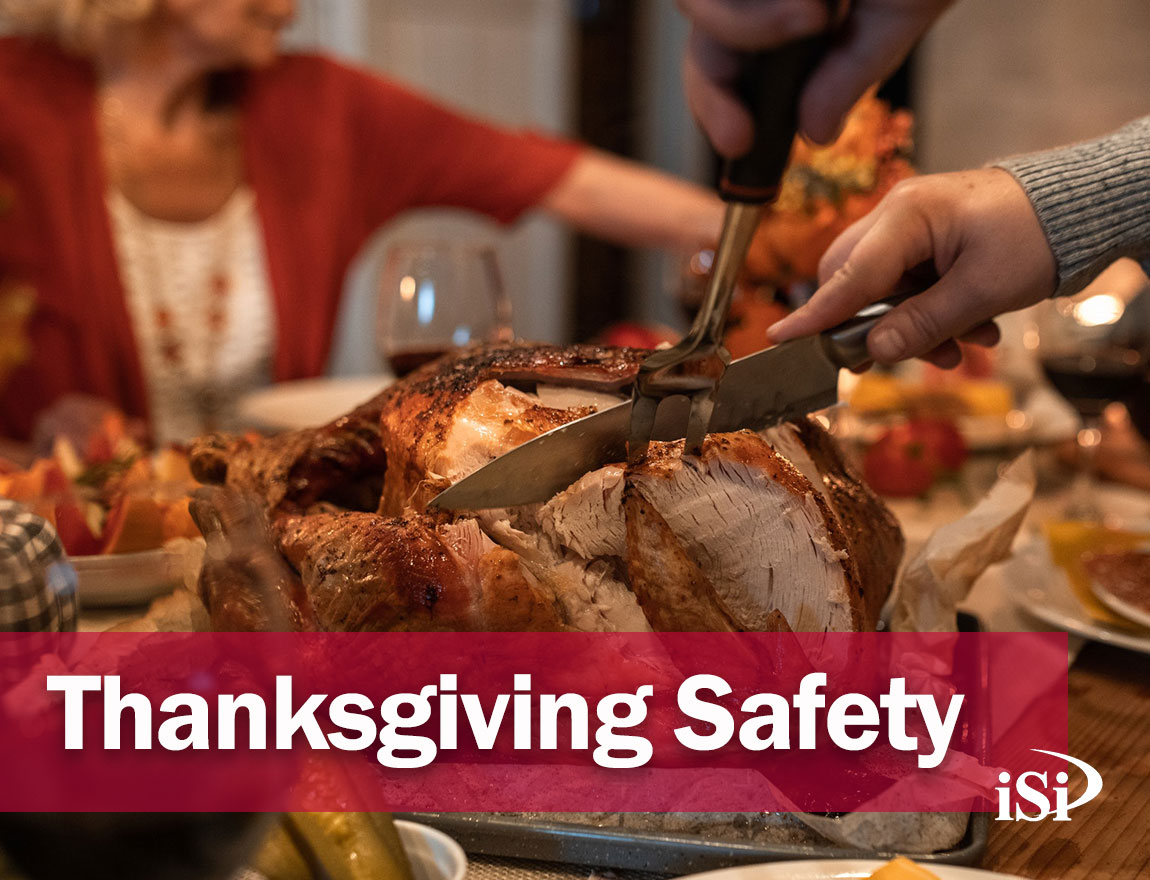
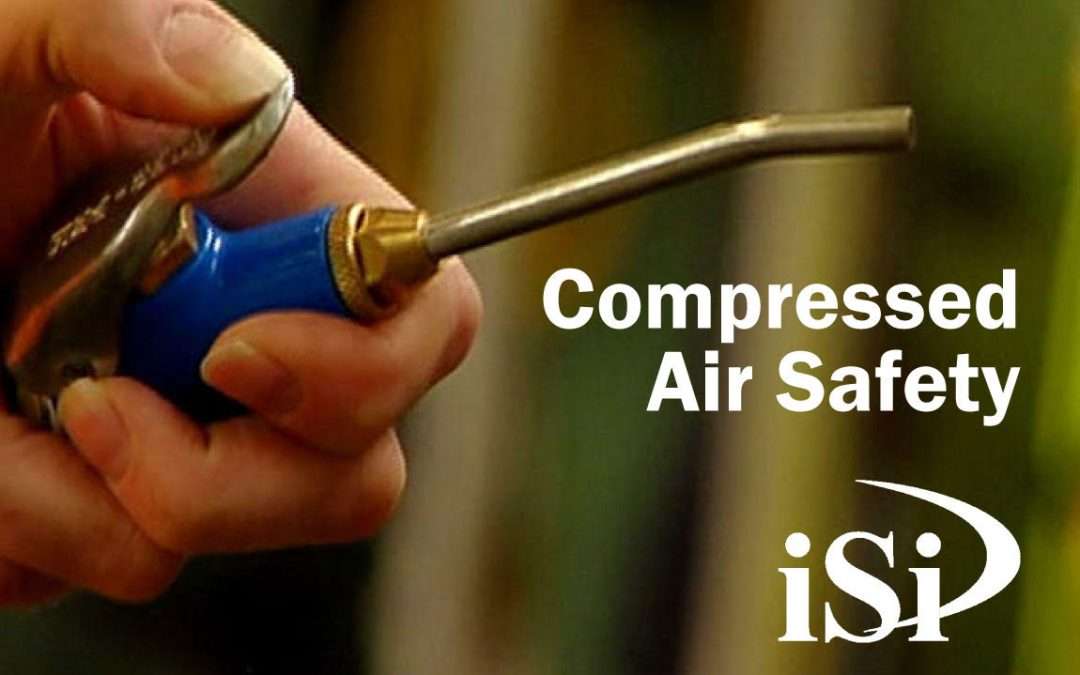
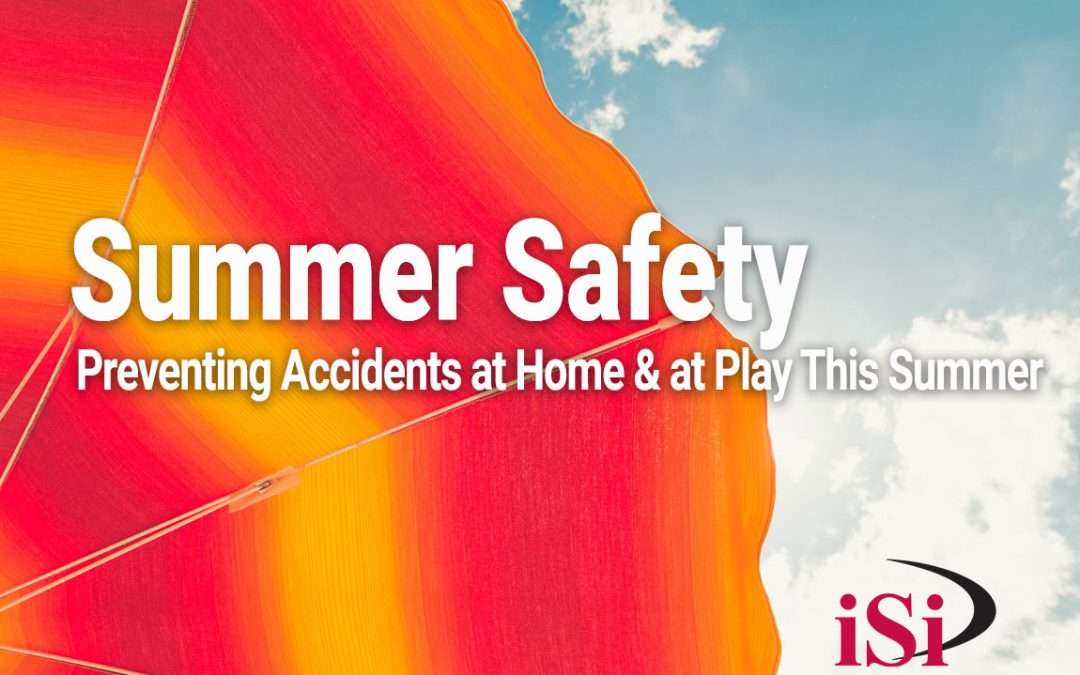
 Grill outside, away from structures. Make sure your grill is stable on a flat surface so that it can’t be tipped over. Keep the grill clean and wait for it to cool before you clean it. Check for propane leaks on your gas grill, and if you’re using charcoal, wait for the coals to completely cool before you dispose of them. Always dispose coals into a metal container. If the flame goes out on your grill, turn off the grill AND turn off the gas, then wait 5 min. before relighting. If you use a charcoal grill, only use charcoal starter fluid. If the fire starts to go out, don’t add any starter fluid or any other flammable liquids to the fire.
Grill outside, away from structures. Make sure your grill is stable on a flat surface so that it can’t be tipped over. Keep the grill clean and wait for it to cool before you clean it. Check for propane leaks on your gas grill, and if you’re using charcoal, wait for the coals to completely cool before you dispose of them. Always dispose coals into a metal container. If the flame goes out on your grill, turn off the grill AND turn off the gas, then wait 5 min. before relighting. If you use a charcoal grill, only use charcoal starter fluid. If the fire starts to go out, don’t add any starter fluid or any other flammable liquids to the fire. For walk-behind mowers, rotary blades underneath the mower can rotate at 200 mph. Keep your hands and feet away from the blade area when it’s running. Never remove installed safety guards such as directional flaps or shielded discharge outlets or bypass safety shut down devices such as clutch handles or switches that stop the blade as soon as you let go. Mow back and forth along the side of a steep hill, never up and down the slope.
For walk-behind mowers, rotary blades underneath the mower can rotate at 200 mph. Keep your hands and feet away from the blade area when it’s running. Never remove installed safety guards such as directional flaps or shielded discharge outlets or bypass safety shut down devices such as clutch handles or switches that stop the blade as soon as you let go. Mow back and forth along the side of a steep hill, never up and down the slope.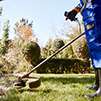 to cool. Keep people and pets at least 60 ft. away and stop if you’re approached. Use both hands when operating.
to cool. Keep people and pets at least 60 ft. away and stop if you’re approached. Use both hands when operating. Get familiar with the difference between these plants and how to spot them. Remember, leaves of three, let them be! For rashes use a cold compress, calamine lotion, non-prescription hydrocortisone cream, or an antihistamine to ease itching. You can also use other non-traditional treatments such as wrap dipped in apple cider vinegar. Call your doctor if the rash is near your eyes or covers a large part of your body.
Get familiar with the difference between these plants and how to spot them. Remember, leaves of three, let them be! For rashes use a cold compress, calamine lotion, non-prescription hydrocortisone cream, or an antihistamine to ease itching. You can also use other non-traditional treatments such as wrap dipped in apple cider vinegar. Call your doctor if the rash is near your eyes or covers a large part of your body. Never swim alone, and always supervise children. Open water prevents a number of different hazards that pools don’t. These include limited visibility, depth changes, uneven surfaces, unknown objects that can be stepped on, and currents and undertow. Enter the water feet first to prevent head injury. This includes using water slides. Never dive into water that’s less than 8 ft. deep. Be on the lookout for maintenance issues around the swim area. Be alert of wet floors, sharp edges, broken glass, exposed bolts, broken ladders, broken railings and clear markings of water depth. If you find yourself struggling or accidentally fall in, float to live. Try not to panic as calmness will save you. Lean back and use your arms and legs to keep you afloat with gentle movements. Once you’re calm your breathing is controlled, then call for help or swim to safety. Don’t let your dog swim without supervision. While many dogs know how to swim, some can easily tire out.
Never swim alone, and always supervise children. Open water prevents a number of different hazards that pools don’t. These include limited visibility, depth changes, uneven surfaces, unknown objects that can be stepped on, and currents and undertow. Enter the water feet first to prevent head injury. This includes using water slides. Never dive into water that’s less than 8 ft. deep. Be on the lookout for maintenance issues around the swim area. Be alert of wet floors, sharp edges, broken glass, exposed bolts, broken ladders, broken railings and clear markings of water depth. If you find yourself struggling or accidentally fall in, float to live. Try not to panic as calmness will save you. Lean back and use your arms and legs to keep you afloat with gentle movements. Once you’re calm your breathing is controlled, then call for help or swim to safety. Don’t let your dog swim without supervision. While many dogs know how to swim, some can easily tire out. g and damage your vehicle’s suspension. Check the hitch for the maximum trailer and maximum tongue weights it can safely support. Make sure you have the proper hitch ball for the trailer. Incorrectly sized hitch balls are the #1 cause of trailer accidents. When hauling loads, 60% of the load on the trailer should be placed on the front half of the trailer, with a tongue weight of 10-15% of the total weight that’s loaded on the trailer. Ensure weight is evenly distributed on the left and right sides of the trailer. Straps are critical — broken or cheap straps can fail fast. Use ratchet straps for anything heavier than an average person and use more than one strap in case one comes loose. The working load of the strap should be more than the weight of what you’re hauling. Check your tires on both the vehicle and the trailer and make sure your lights work before you leave. Take spare bulbs and fuses with you. Check your brakes and make sure the breakaway cable is properly attached to your tow vehicle. Carry spare parts such as at least one trailer spare tire as well as extra wheel bearings and hubs.
g and damage your vehicle’s suspension. Check the hitch for the maximum trailer and maximum tongue weights it can safely support. Make sure you have the proper hitch ball for the trailer. Incorrectly sized hitch balls are the #1 cause of trailer accidents. When hauling loads, 60% of the load on the trailer should be placed on the front half of the trailer, with a tongue weight of 10-15% of the total weight that’s loaded on the trailer. Ensure weight is evenly distributed on the left and right sides of the trailer. Straps are critical — broken or cheap straps can fail fast. Use ratchet straps for anything heavier than an average person and use more than one strap in case one comes loose. The working load of the strap should be more than the weight of what you’re hauling. Check your tires on both the vehicle and the trailer and make sure your lights work before you leave. Take spare bulbs and fuses with you. Check your brakes and make sure the breakaway cable is properly attached to your tow vehicle. Carry spare parts such as at least one trailer spare tire as well as extra wheel bearings and hubs. signaling devices, emergency supplies and a first aid kit. Think about your footing and be alert to slippery areas. Watch for low hanging branches and take extra caution near cliffs, outcroppings, hills, and water edges. No matter how clear a stream looks, it’s likely to contain waterborne parasites & microorganisms, so pack your own water. Make sure your fires are always attended, cannot be spread laterally or vertically (used a grill or stone surface) and drown it with water to put it out. Embers buried deep in the pile can reignite later. Be cautious when using a propane stove. Tents should be flame retardant and far enough away from the campfire. Wear sunscreen, hats, sunglasses and drink plenty of water. Pack carbohydrate-energy bars, granola candy or fruit for instant energy on your hikes.
signaling devices, emergency supplies and a first aid kit. Think about your footing and be alert to slippery areas. Watch for low hanging branches and take extra caution near cliffs, outcroppings, hills, and water edges. No matter how clear a stream looks, it’s likely to contain waterborne parasites & microorganisms, so pack your own water. Make sure your fires are always attended, cannot be spread laterally or vertically (used a grill or stone surface) and drown it with water to put it out. Embers buried deep in the pile can reignite later. Be cautious when using a propane stove. Tents should be flame retardant and far enough away from the campfire. Wear sunscreen, hats, sunglasses and drink plenty of water. Pack carbohydrate-energy bars, granola candy or fruit for instant energy on your hikes.